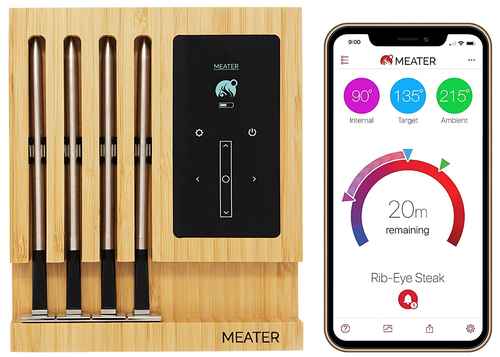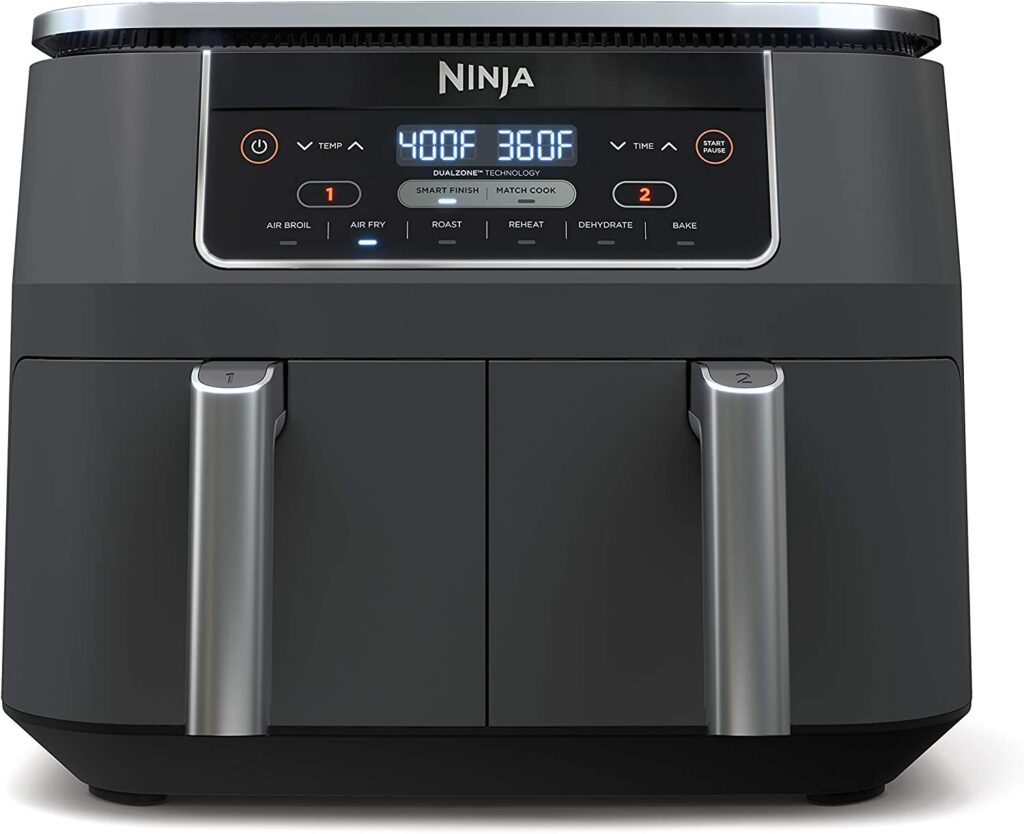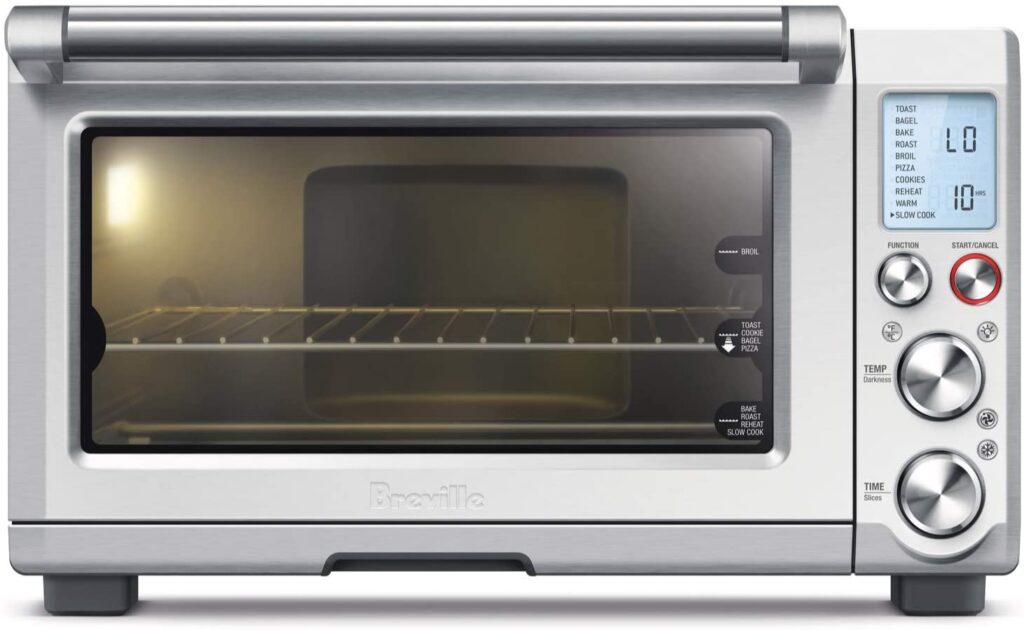How To Cook Chicken Drumsticks In Slow Cooker With Vegetables [GUIDE]
Chicken drumsticks are a beloved staple in kitchens worldwide. Their juicy, tender meat and flavorful skin make them perfect for both weeknight dinners and special occasions. Cooking them in a slow cooker elevates their natural flavors, transforming ordinary ingredients into a comforting, aromatic meal. By combining chicken drumsticks with vegetables in a slow cooker, you create a complete, wholesome dish that requires minimal effort yet delivers maximum flavor. The slow, gentle cooking process allows the meat to absorb seasonings fully, while the vegetables release their natural sweetness and nutrients, creating a rich, savory broth that can double as a sauce. Whether you’re a novice cook or a seasoned home chef, mastering slow cooker chicken drumsticks with vegetables is both practical and rewarding.
Contents
- 1 How Long To Cook Chicken Drumsticks In Slow Cooker With Vegetables
- 2 How To Tell If It Is Done
- 3 Ingredients Needed
- 4 How To Cook Chicken Drumsticks In Slow Cooker With Vegetables
- 5 When Things Go Wrong
- 6 Expert Tips
- 7 Can I Do This Without A Slow Cooker?
- 8 Reheating Leftovers In Slow Cooker
- 9 FAQs
- 9.1 What Is The Best Way To Prepare Chicken Drumsticks For The Slow Cooker?
- 9.2 Which Vegetables Work Best With Chicken Drumsticks In A Slow Cooker?
- 9.3 How Much Liquid Should I Add When Cooking Chicken Drumsticks In A Slow Cooker?
- 9.4 What Is The Recommended Cooking Time And Temperature?
- 9.5 How Can I Ensure The Chicken Is Cooked Safely?
- 9.6 Should I Cover The Slow Cooker While Cooking?
- 9.7 Can I Add Frozen Vegetables Or Chicken Directly To The Slow Cooker?
- 9.8 How Do I Prevent The Vegetables From Becoming Too Soft Or Mushy?
- 9.9 Can I Add Seasoning Or Sauces While Cooking?
- 9.10 How Should Leftovers Be Stored And Reheated?
How Long To Cook Chicken Drumsticks In Slow Cooker With Vegetables
Cooking chicken drumsticks in a slow cooker requires balancing time, temperature, and ingredient size to ensure perfectly tender meat. On low heat, chicken drumsticks typically need 6 to 8 hours to cook thoroughly when paired with vegetables. The extended cooking time allows connective tissue to break down, resulting in melt-in-your-mouth texture. On high heat, the cooking time shortens to 3 to 4 hours, though there is a slightly higher risk of overcooking the vegetables or drying the chicken if not monitored carefully.
Vegetables, especially root vegetables like carrots, potatoes, and parsnips, should be cut into uniform pieces to ensure even cooking. Softer vegetables, such as zucchini or bell peppers, are best added later in the cooking process-around the last hour-to avoid becoming mushy. The size of the drumsticks and the quantity of vegetables also impact cooking time, so always check doneness before serving.
How To Tell If It Is Done
Determining whether chicken drumsticks are fully cooked is crucial to avoid undercooked poultry or dry, overcooked meat. Here are reliable indicators:
- Internal Temperature: The safest method is using a meat thermometer. Chicken drumsticks are fully cooked when the internal temperature reaches 165°F (74°C) at the thickest part, not touching the bone.
- Juices: Pierce the drumstick near the bone; the juices should run clear. Pink or red juices indicate the meat needs more time.
- Texture: Fully cooked drumsticks pull away from the bone slightly and feel tender when pressed. If the meat is rubbery or resistant, it requires additional cooking.
Ingredients Needed
Creating a rich and flavorful slow cooker chicken drumstick dish requires a careful balance of proteins, vegetables, and seasonings. Here’s a comprehensive list:
- Chicken drumsticks: 6-8, preferably with skin-on for added flavor
-
Vegetables
- Carrots (cut into thick slices)
- Potatoes (cubed)
- Onions (quartered or sliced)
- Celery stalks (optional, chopped)
- Bell peppers or zucchini (added later)
-
Seasonings
- Salt and freshly ground black pepper
- Garlic cloves, minced
- Paprika, cumin, or smoked paprika
- Dried herbs (thyme, rosemary, or oregano)
- Optional chili flakes for heat
-
Liquid
- Chicken broth or stock (about 1 cup)
- Optional: a splash of white wine or soy sauce for extra depth
- Olive oil or butter: to sear drumsticks before slow cooking (optional but recommended)
How To Cook Chicken Drumsticks In Slow Cooker With Vegetables
- Prepare the Ingredients: Wash and chop all vegetables into uniform sizes. Pat the chicken dry and season generously with salt, pepper, and your preferred herbs and spices.
- Optional Searing: Heat a skillet over medium-high heat, add olive oil, and sear the drumsticks for 2-3 minutes per side until golden brown. This step enhances flavor but is not strictly necessary.
- Layer the Slow Cooker: Place root vegetables at the bottom for even cooking, then arrange the chicken drumsticks on top. Add remaining vegetables around the sides.
- Add Liquid: Pour chicken broth (or stock) over the ingredients. Ensure there is enough liquid to cover the vegetables partially but not submerge the chicken completely.
- Cook: Cover and set the slow cooker to low for 6-8 hours or high for 3-4 hours. Avoid lifting the lid frequently, as this releases heat and extends cooking time.
- Final Touch: About 30 minutes before serving, taste the broth and adjust seasoning if necessary. Add softer vegetables at this stage.
When Things Go Wrong
Even slow cooking can run into issues:
- Dry chicken: Usually caused by overcooking on high heat. Reduce the cooking time or add more liquid.
- Mushy vegetables: Soft vegetables added too early will disintegrate. Introduce them in the last hour of cooking.
- Undercooked meat: Check the thermometer; if below 165°F, continue cooking on low.
Expert Tips
- Searing is key: Browning chicken before slow cooking improves flavor and appearance.
- Layer wisely: Place dense root vegetables at the bottom; lighter vegetables on top to avoid overcooking.
- Don’t skimp on seasoning: Slow cooking can dilute flavors, so season generously.
- Add fresh herbs at the end: Preserves their vibrant taste and aroma.
- Rest before serving: Letting the dish sit for 10-15 minutes after cooking allows juices to redistribute.
Can I Do This Without A Slow Cooker?
Yes. A Dutch oven or heavy-bottomed oven-safe pot works well. Preheat the oven to 325°F (163°C) and follow the same layering instructions. Cover and bake for 1.5-2 hours, checking halfway through to ensure vegetables aren’t drying out. Adjust timing based on drumstick size and vegetable density.
Reheating Leftovers In Slow Cooker
Leftovers can be gently reheated in a slow cooker to maintain moisture:
- Transfer chicken and vegetables to the slow cooker.
- Add a small splash of chicken broth to prevent drying.
- Heat on low for 2 hours or until warmed through. Avoid high heat, which can overcook the chicken.
- Stir occasionally to evenly distribute heat.
FAQs
What Is The Best Way To Prepare Chicken Drumsticks For The Slow Cooker?
Rinse the drumsticks under cold water and pat them dry with paper towels. You can optionally season them with salt, pepper, garlic powder, or other preferred spices before placing them in the slow cooker. Some recipes suggest lightly browning the drumsticks in a skillet first to enhance flavor, but this step is optional.
Which Vegetables Work Best With Chicken Drumsticks In A Slow Cooker?
Root vegetables such as carrots, potatoes, and parsnips work particularly well because they hold their shape and flavor during long cooking. Onions, bell peppers, and celery are also commonly added to enhance aroma and taste. Avoid delicate vegetables like zucchini or spinach, which can overcook and become mushy.
How Much Liquid Should I Add When Cooking Chicken Drumsticks In A Slow Cooker?
Typically, you should add about 1/2 to 1 cup of liquid, such as chicken broth, water, or a sauce, depending on the size of your slow cooker. The liquid helps keep the chicken moist and creates a flavorful base for the vegetables. Do not overfill, as slow cookers release minimal moisture during cooking.
What Is The Recommended Cooking Time And Temperature?
For fully cooked, tender chicken drumsticks with vegetables, cook on low for 6-8 hours or on high for 3-4 hours. Cooking on low is preferred because it allows flavors to meld and ensures the meat becomes tender without drying out.
How Can I Ensure The Chicken Is Cooked Safely?
Chicken should reach an internal temperature of 165°F (74°C). Use a meat thermometer inserted into the thickest part of the drumstick without touching the bone. Checking near the end of cooking is recommended to confirm doneness.
Should I Cover The Slow Cooker While Cooking?
Yes, always cover the slow cooker with the lid while cooking. Lifting the lid during cooking causes heat and moisture loss, which can extend cooking time and affect the texture of both chicken and vegetables.
Can I Add Frozen Vegetables Or Chicken Directly To The Slow Cooker?
Yes, but cooking times may need to be extended. It is generally better to thaw chicken and vegetables before cooking to ensure even cooking. Frozen vegetables can release extra water, which may dilute the flavor of the dish.
How Do I Prevent The Vegetables From Becoming Too Soft Or Mushy?
Cut vegetables into larger, uniform pieces and add harder vegetables like carrots and potatoes at the beginning of cooking, while more delicate vegetables such as bell peppers or peas should be added during the last 1-2 hours of cooking to maintain texture.
Can I Add Seasoning Or Sauces While Cooking?
Yes, you can add seasonings, herbs, or sauces at the beginning to allow flavors to penetrate the chicken and vegetables. However, acidic ingredients like lemon juice or tomato sauce should be added toward the end to avoid breaking down the meat excessively.
How Should Leftovers Be Stored And Reheated?
Allow leftovers to cool slightly, then store in an airtight container in the refrigerator for up to 3-4 days. Reheat gently in a microwave or on the stovetop until the internal temperature reaches 165°F (74°C). Avoid reheating multiple times to maintain food safety and quality.



